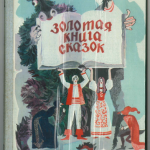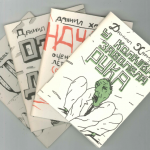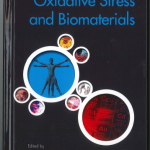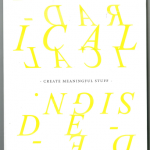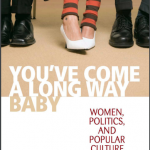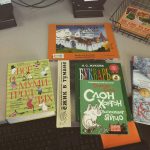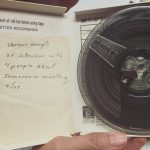Did you know that ISO 2709 (the standard of which MARC21 is an instance) is fairly general? It allows for:
- tags which include letters and numbers (though they must still be of length three, like MARC21′s numeric tags)
- up to nine indicators (MARC21 always has two)
- subfield codes of length up to nine (MARC21 always has this length as two, as subfield codes like “ǂb” are two characters long)
The indicator count and subfield code length are encoded in every MARC record’s leader in positions 10 and 11; note that the spec says these should always be “2″ and “2″.
I revisited this standard again recently to determine why some vendor records were causing trouble; their leaders had position 11 set to “0″, indicating that the subfield code length was zero:
01710nam a2000385 a 4500
though the record was full of subfield codes of length 2 (like ǂa).
This was easy enough to fix in batch (that leader position should always be “2″, so I just overwrote what was there) and I’ve contacted the vendor to let them know about the strangeness in their records. Hopefully they’ll be fixed on the vendor’s site before they cause any more trouble!
